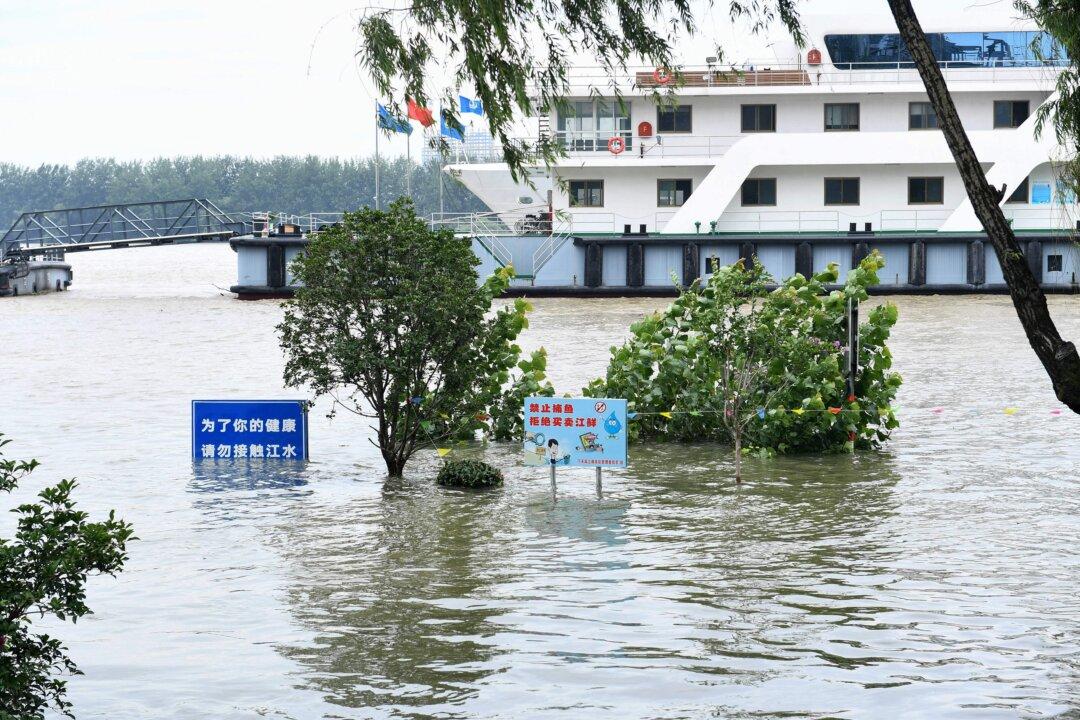The Chinese regime upgraded its flood response alert to its second-highest level on July 12, after announcing that 27 provinces have been affected by heavy rainstorms that continue to wreak havoc.
Meanwhile, along thousands of miles of the Yangtze River, water levels surpassed alarm stages.





